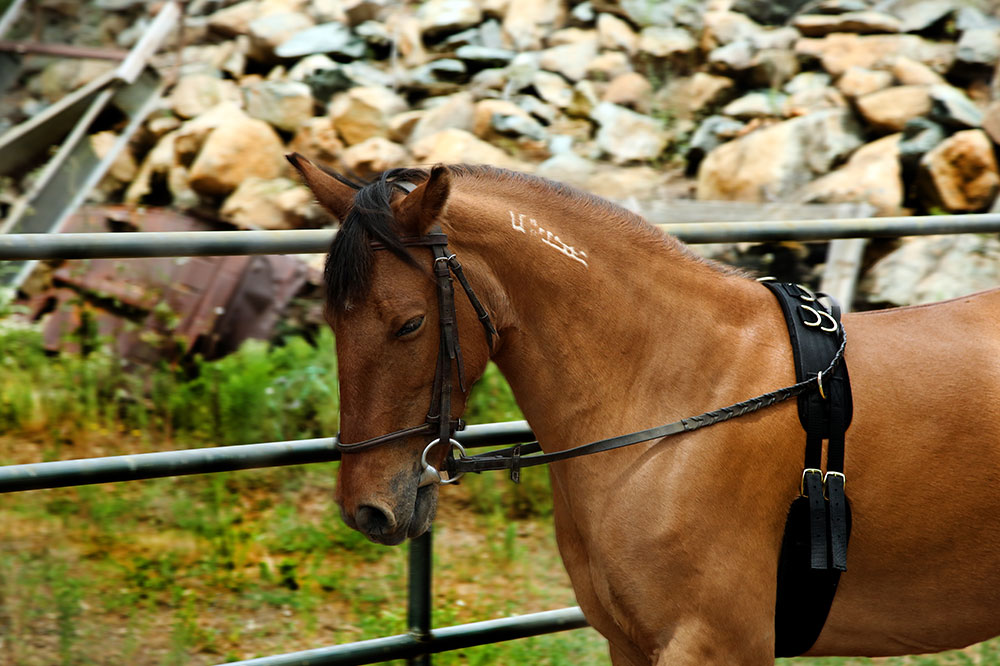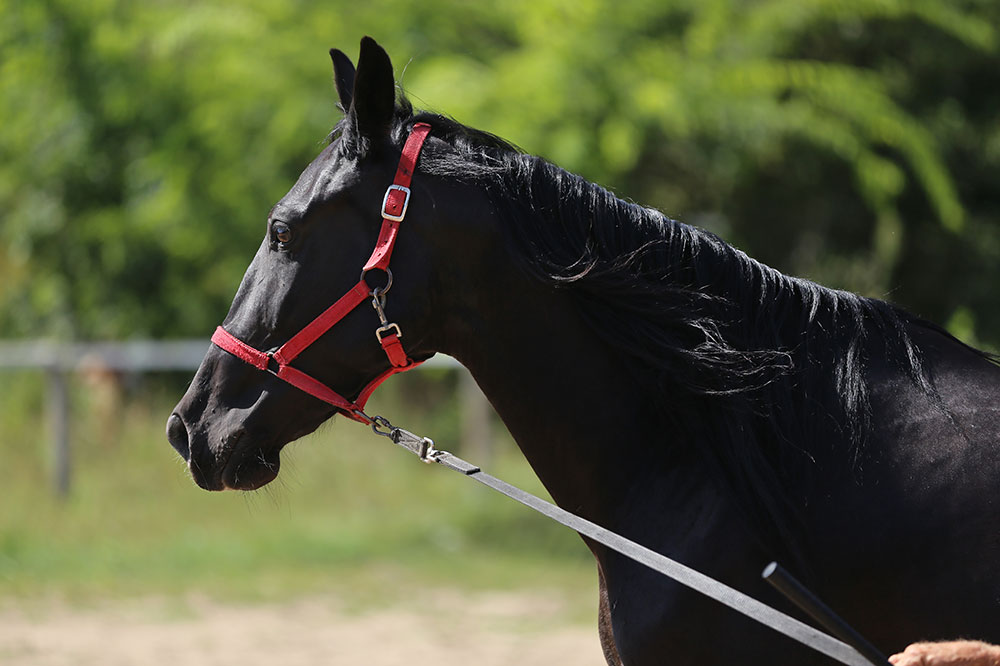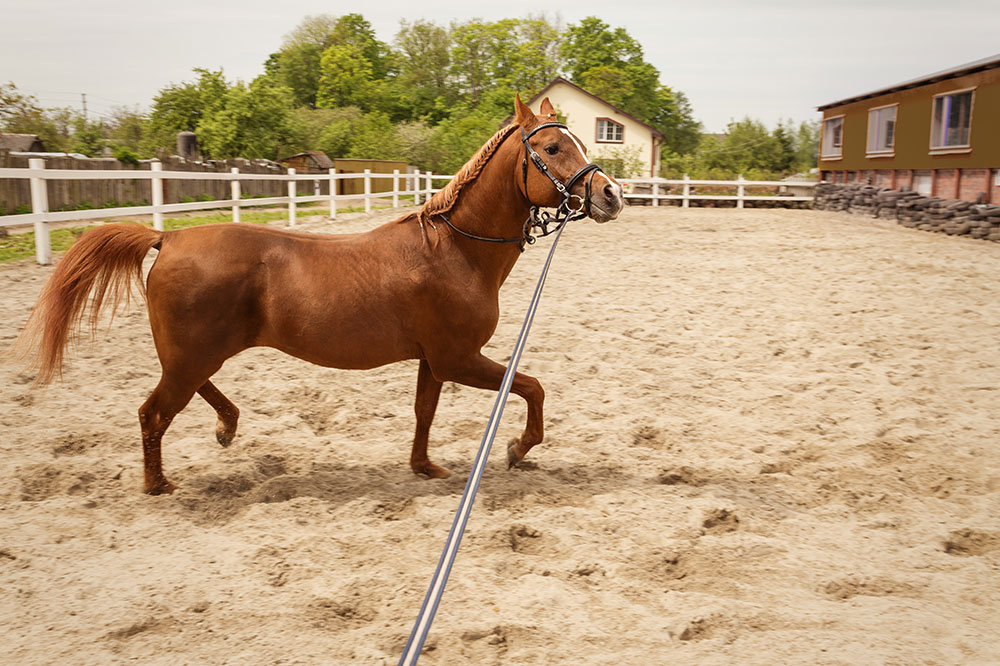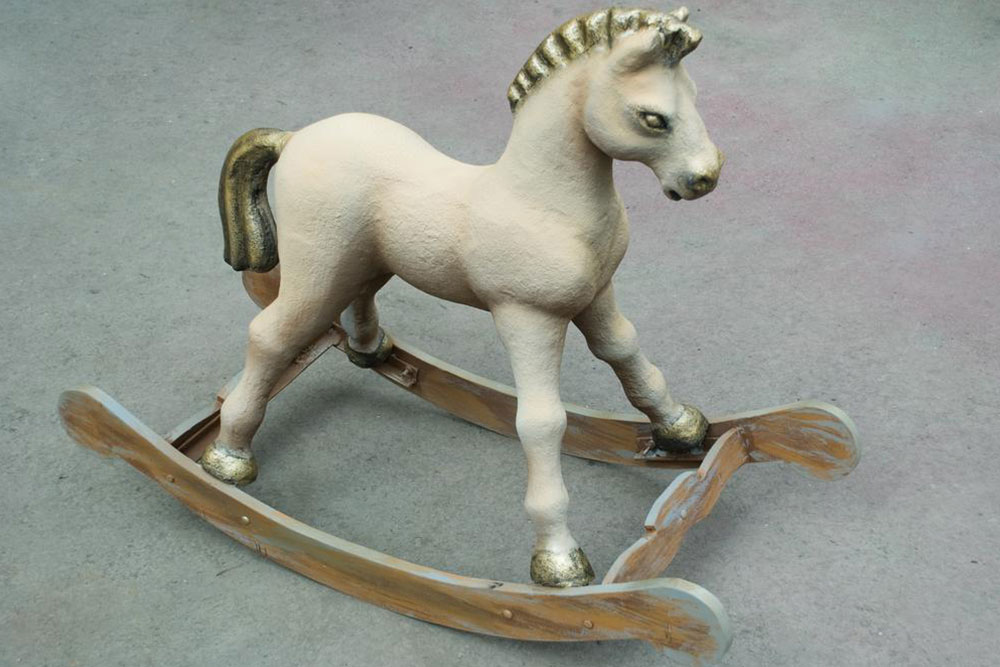Top Four Training Tools for Horses
Discover the four essential tools used in horse training, including side reins, draw reins, Pessoa aids, and the Chambon. Learn how these aids help improve posture, engagement, and communication between horse and rider. Proper use ensures effective and humane training, promoting better performance and understanding. Ideal for trainers and horse enthusiasts, these aids are vital components of successful equine training programs.

Top Four Training Tools for Horses
Training a horse requires dedication and proper techniques. Equally important are the specialized tools used to facilitate learning. Engaging a horse effectively involves using different aids that keep the animal interested and responsive. The following are four essential aids employed by trainers to enhance horse training sessions.
Side Reins
Side reins consist of two straps connected at the bit and run along each side of the horse, attached to the girth or roller. They are primarily used during lunging exercises, helping maintain correct head and neck positioning. Proper length adjustment is crucial to avoid discomfort or ineffective training.
They exert gentle pressure on the horse’s mouth if it raises or twists the head, encouraging proper posture. Side reins are versatile but should be used with care to ensure effective training without causing stress.
Draw Reins
Also called running reins, draw reins are longer than side reins and typically pass through the bit ring, girth, and the rider’s hands. They are used to promote a rounded frame and proper head carriage during riding sessions. These reins also assist in lunging and back flexibility exercises.
Adjustments must be made carefully, as improper use can lead to injuries. Draw reins are not suitable for jumping or horses prone to bucking. When used correctly, they help improve overall rider-horse communication and promote better posture.
Pessoa Lunging Aids
These aids include pulleys, ropes, and elastic tensioners attached to the horse’s sides and quarters. Designed exclusively for lunging, Pessoa aids strengthen the horse’s topline, promote correct alignment, and enhance engagement and balance. Correct placement is vital to maximize their benefits and avoid discomfort.
Chambon
The Chambon is a cord connected to the bit rings, passing over the poll, through loops on either side of the horse’s neck, then around the girth or roller. Commonly used during lunging or loose schooling, it helps develop back and loin muscles crucial for jumping. Incorrect fitting can cause overbending of the neck, so precise placement is essential.
These tools are widely used by professional trainers to communicate effectively with horses, helping them understand commands and perform better. Proper utilization of these aids facilitates a harmonious rider-horse partnership.
Note: Our blog offers a wide range of informative articles across various topics. While we strive for accuracy, readers should consider our content as general guidance and verify with additional sources when necessary. We do not assume responsibility for discrepancies or missing information on external platforms.





